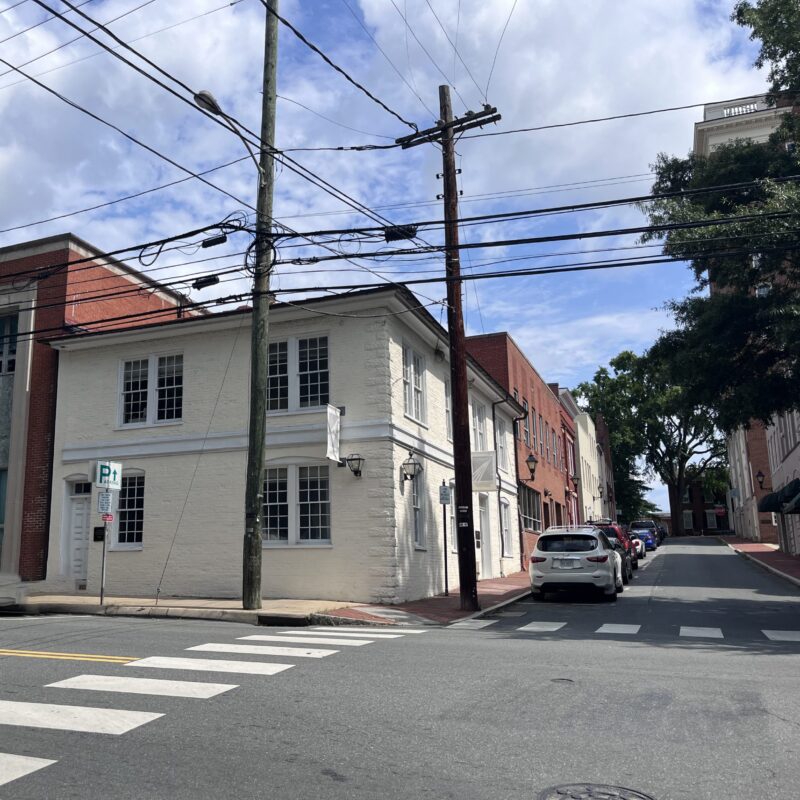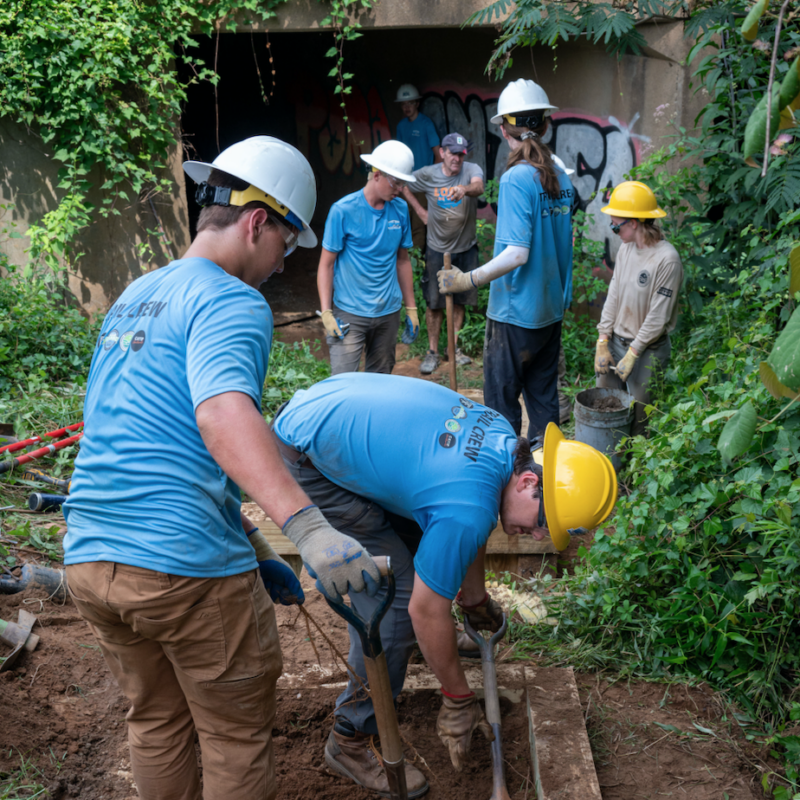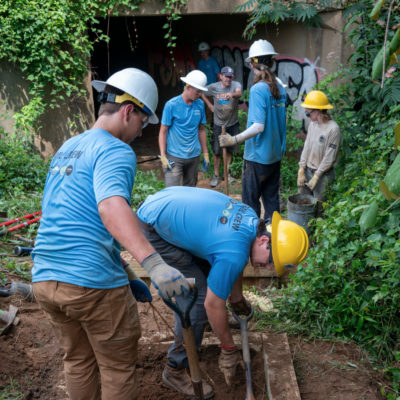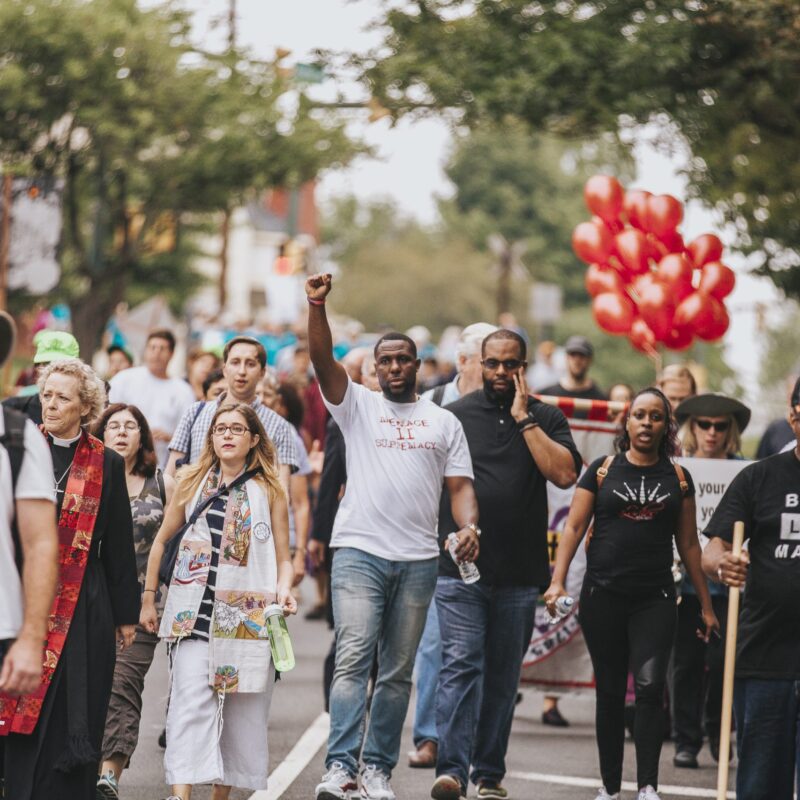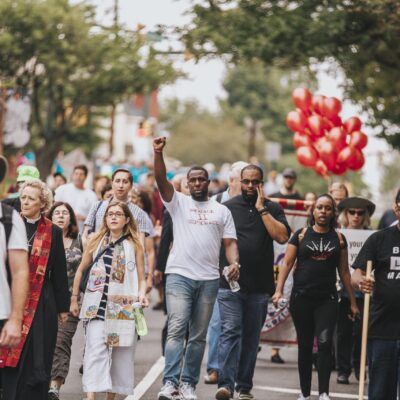This year’s freshman class was the last to participate in a practice that dates back to the 1960s—early decision. Beginning next fall, UVA will not have an early decision process, in which prospective students apply early with the understanding that, if accepted, they will cancel all other college applications and enroll at UVA.
The decision was announced in September 2006, weeks after Harvard decided to end its own early decision program. Both schools said that the programs presented a significant disadvantage to lower-income prospective students. Now UVA and Harvard, along with Princeton, are touring the country in an attempt to recruit more students who may have fewer preparatory advantages.
 John Blackburn, dean of admissions at UVA, will go on tour this year with admissions deans from Harvard and Princeton, spreading the gospel of a loan-free education to low-income high school students. |
"The early program tended to be one where we saw a good applicant pool, but they were, more often than not, students who went to school where they had good guidance counseling, more of a white, upper-middle class population," says Greg Roberts, UVA associate dean of admissions.
Because early decision applicants have to enroll if accepted, they can’t compare the financial-aid packages or merit-based scholarships of other schools. As a result, schools have seen lower-income early decision applications drop. According to John Blackburn, UVA dean of admissions, in 2005 only one student who qualified for the maximum financial-aid package applied for early decision. The University has averaged more than 2,300 early decision applications each year.
The tour is a chance for all three universities to pitch their financial aid packages to students for whom the price tag of a college degree might be the major obstacle to attending college. It also represents what some may see as a jump in company for UVA. Though it has toured with high-tier universities in the past—Rice, Johns Hopkins and Cornell among them—cozying up with Ivy League heavyweights like Harvard and Princeton puts a nominally public university like UVA in very exclusive company. And high schoolers who apply to all three stand a much better chance with UVA: While Princeton has an acceptance rate of 10 percent, and Harvard’s is 9 percent, UVA’s acceptance rate is 37 percent.
"We are a public school, so we’re going to be different than the other two," says Roberts. "But at the same time, we see cross applications with them already. But I think any time you can be seen as a school on caliber with these Ivy League schools, it can only benefit you."
Although it’s unclear how many colleges and universities have dropped early decision programs—Roberts said only a "handful" have—most of those are elite schools such as Yale and Stanford.
C-VILLE welcomes news tips from readers. Send them to news@c-ville.com.
